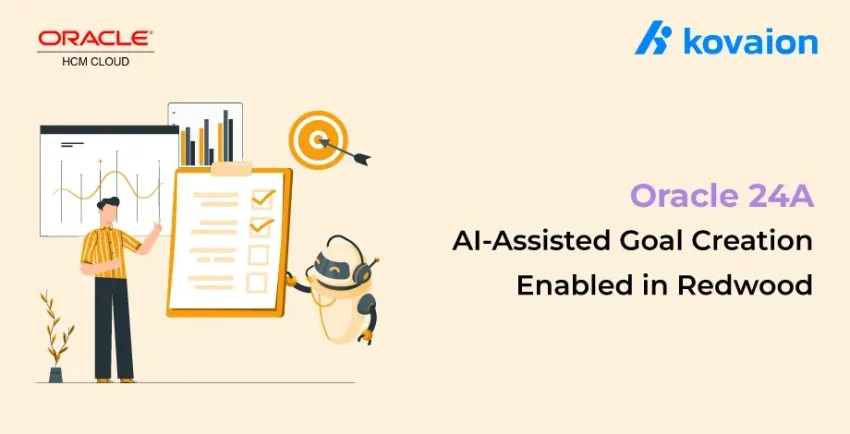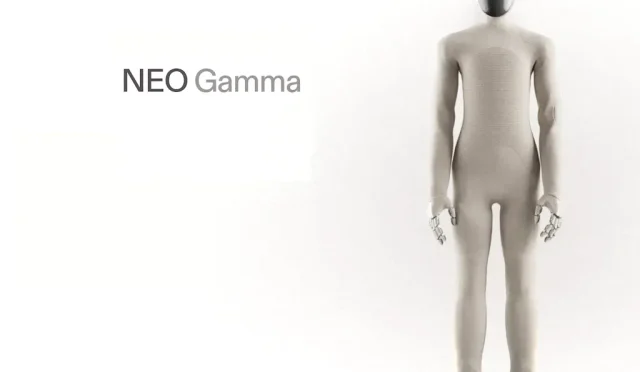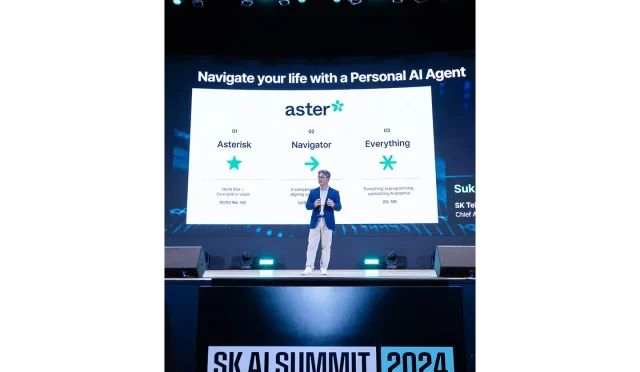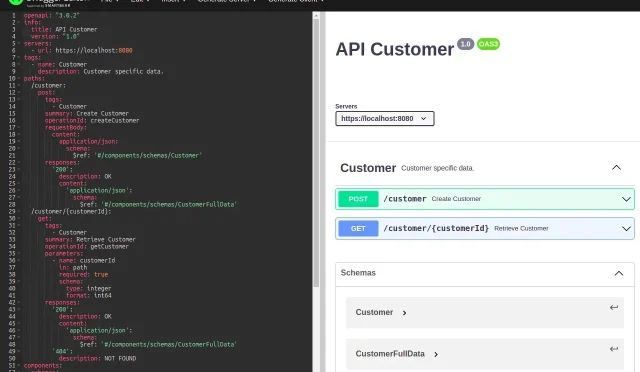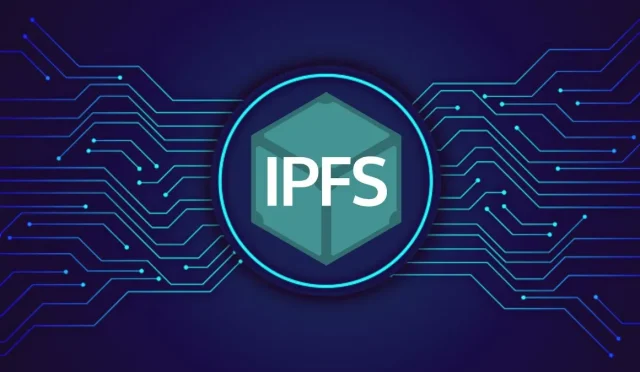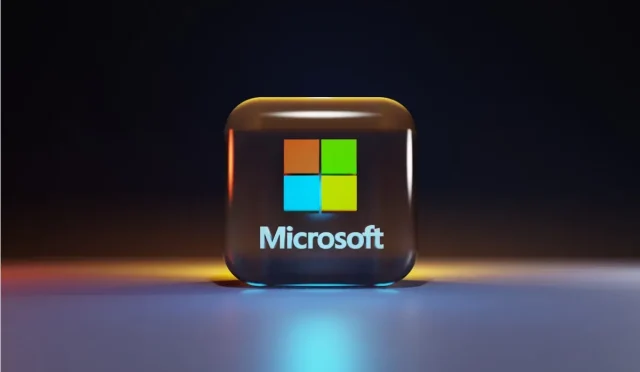Redwood AI: Transforming Home Automation with Innovation
Introducing Redwood AI, the revolutionary humanoid artificial intelligence model by 1X, designed to transform modern living. With its advanced vision-language capabilities, Redwood AI harnesses the power of mobile manipulation to execute a range of tasks, including retrieving objects and navigating your home seamlessly. Optimized for the intricacies of everyday life, Redwood AI springs into action to assist users, enhancing the experience of AI for homes with its intelligent functionalities. Leveraging cutting-edge technology, Redwood AI integrates various features that allow for natural interactions and efficient task execution, making it a frontrunner in the emerging field of humanoid AI. As it learns from real-world scenarios, Redwood AI not only adapts but also evolves, paving the way for a future where smart homes become a reality.
Redwood AI stands at the forefront of innovative humanoid robotics, combining advanced intelligence with practical applications in everyday environments. This state-of-the-art model boasts capabilities such as vision-language integration and mobile handling, ensuring that it can navigate and perform tasks within the household effectively. By utilizing its multifaceted manipulation skills, this intelligent assistant learns to adapt to new situations, all while prioritizing user safety and adherence to home dynamics. As a leading entity in the realm of artificial intelligence for domestic use, Redwood AI is set to redefine home management and enhance user experiences. The convergence of intelligent design and responsive operation marks a significant leap forward for humanoid tech, illustrating how AI can seamlessly integrate into our daily lives.
Understanding Redwood AI for Homes
Redwood AI marks a pivotal advancement in the realm of humanoid AI, designed specifically to enhance the home experience. By leveraging vision-language models, Redwood is equipped to handle an array of mobile manipulation tasks effectively. For instance, it can seamlessly retrieve objects, open doors, and navigate through various spaces within a home environment. This transformative technology aims to improve the daily lives of users, especially those requiring assistance, thereby setting a new standard for smart home automation.
The primary advantage of incorporating Redwood AI into domestic settings lies in its ability to generalize across different tasks and scenarios. Trained on a wealth of data from both virtual and real-world contexts, Redwood can pick up objects it has never encountered before and adapt to unfamiliar locations within the home. This versatility is crucial for providing an autonomous assistant that responds to the unique needs of each household, making it not just a tool, but an integral part of a functioning home.
The Key Features of Redwood AI
One of the standout attributes of Redwood AI is its whole body control and multi-contact manipulation capabilities. Unlike many existing robotic systems that separate locomotion and manipulation, Redwood integrates these functionalities for more efficient task execution. This means that when NEO is involved in a task, it can coordinate arm movements, walking patterns, and the positioning of its body for optimal reach and performance. This multi-dimensional approach allows Redwood to navigate complex home environments more naturally.
Additionally, Redwood’s architecture includes advanced mobile bi-manual manipulation. This enables NEO to engage in tasks that demand simultaneous actions—such as moving while holding an object—representing a significant leap in mobile manipulation technologies. The implications for everyday activities, from carrying groceries to setting the table, are profound, showcasing Redwood’s potential to revolutionize how we interact with AI in our homes.
Robust Performance and Efficiency of Redwood AI
Redwood AI is designed to run fully onboard, which is a game-changer for mobile robots like NEO. Operating on its embedded GPU, Redwood is not reliant on external connectivity, making it capable of functioning in challenging environments—be it a remote campsite or a cluttered basement. With 160 million parameters, it achieves efficiency while processing complex tasks in approximately 5 Hz, allowing for responsive interaction with users.
This onboard capability is crucial for households where connectivity may be intermittent. It ensures that NEO can still perform its duties, adapting to new situations as they arise without needing constant cloud support. The storage of information and decision-making processes within the device empowers Redwood to learn and adapt in real-time, providing an intuitive and effective user experience.
Voice Control Integration in Redwood AI
The integration of voice control with Redwood AI enhances user interactivity and convenience. Utilizing a sophisticated system of large language models, commands are translated into actionable tasks for NEO, promoting an effortless interaction style. Users can engage with their humanoid AI companion naturally, providing commands that stem from conversational contexts, further bridging the gap between human and machine.
This capability not only simplifies daily interactions with NEO but also allows the AI to learn from diverse linguistic inputs, making it more adept over time. The emphasis on voice control positions Redwood as a user-friendly solution for households, where members can seamlessly delegate tasks to NEO without any complex programming or technological knowledge.
Learning from Experiences: Success and Failure
One of Redwood AI’s key strengths is its methodology of learning from both success and failure during task execution. By incorporating data from various interactions, Redwood becomes a robust model that evolves beyond rote learning. This nuanced training regime prevents the AI from becoming overly specialized in specific scenarios, ensuring versatility and adaptability when confronting new challenges.
This blend of experiences enriches Redwood’s cognitive capabilities, allowing it to refine its approach to problem-solving in dynamic home environments. As NEO encounters different situations, its ability to learn from these interactions becomes a pivotal asset, solidifying its position as a reliable household aide that can adjust and improve over time.
Exploring the Cross-Embodiment Architecture of Redwood
Redwood’s innovative cross-embodiment architecture is foundational to its autonomous capabilities. By integrating pre-trained language embeddings, vision tokens, and proprioception data, Redwood processes a comprehensive range of inputs before executing tasks. This architecture is designed to ensure that NEO can provide effective assistance with minimal delays, enabling smoother interactions with users.
The incorporation of diverse inputs means that Redwood can better understand its environment and the context of tasks at hand, paving the way for more intelligent interactions. This attention to detail in architecture enhances the overall functionality of Redwood AI, allowing it to navigate common household tasks with enhanced capability and fluidity.
Collaboration Opportunities for Scaling Redwood
1X is on the lookout for motivated engineers eager to scale Redwood AI’s technology. As the integration of humanoid AI into homes becomes increasingly viable, opportunities abound for collaboration. Engaging with an innovative company that aims to redefine living standards positions engineers to contribute significantly to the future of smart living technologies.
The open roles, including Research Engineer and Software Engineer, invite those with a passion for exploring AI potential in domestic settings. Joining the Redwood initiative means being part of a transformative movement that seeks to enhance the quality of life for various users—from busy families to caregivers—and to create a new standard for interaction in technology-assisted living environments.
The Future of AI-Driven Home Assistants
The advent of Redwood AI as a reliable home assistant foreshadows an exciting future for AI-driven living environments. With humanoid AI poised to take on diverse tasks, the enhancement of everyday life through smart technology becomes tangible. As advancements continue, the way families interact with their homes is set to transform, offering unprecedented levels of convenience and support.
This evolution holds the promise of not just improved efficiency in home chores but also a reimagining of what it means to embody technology in daily life. With Redwood at the forefront, we are witnessing the dawn of a new era where AI not only assists but learns and grows alongside its users, highlighting the potential of technology to enrich our homes.
Discovering Mobility through Redwood AI
One pivotal aspect of Redwood AI is its emphasis on mobility, an essential factor in its effectiveness as a home assistant. The ability for NEO to traverse all areas of a home facilitates the collection of vital physical interaction data. This mobility not only improves Redwood’s overall functionality but also directly impacts user experience by allowing for seamless task execution across various home environments.
Furthermore, this focus on mobility opens avenues for continual learning and adaptation, as NEO gathers diverse data from its interactions within different spaces. Such capabilities make Redwood AI responsive to unique household dynamics, fostering an environment where technology and daily life intertwine seamlessly.
Frequently Asked Questions
What is Redwood AI’s primary function in homes?
Redwood AI is a vision-language transformer designed specifically for humanoid form factors, enabling it to perform end-to-end mobile manipulation tasks such as retrieving objects, opening doors, and navigating throughout the home. Its robust capabilities make it an ideal assistant for household activities.
How does Redwood AI ensure effective mobile manipulation?
Redwood AI excels in mobile manipulation by integrating advanced whole body and multi-contact manipulation techniques. This allows the AI, embodied in its platform NEO, to execute complex tasks while moving, using coordinated control of limbs and body for optimal efficiency.
What are the unique features of Redwood AI’s vision-language models?
The vision-language models within Redwood AI leverage a cross-embodiment architecture to generalize tasks. This allows the system to recognize and manipulate new objects in various home environments, thanks to extensive training on diverse datasets, including teleoperated and autonomous episodes.
Can Redwood AI operate in remote areas without connectivity?
Yes, Redwood AI runs fully onboard NEO, which means it can operate in environments like basements or remote campsites with limited connectivity. This independence is crucial for completing tasks effectively, regardless of location.
How does Redwood AI learn and adapt to new tasks?
Redwood AI learns from both successes and failures in task execution, which enriches its learning experience. By training on varied interactions, Redwood AI refines its abilities without overfitting to specific scenarios, enhancing its problem-solving skills in real-world applications.
What role does voice control play in the functionality of Redwood AI?
Voice control is a critical feature of Redwood AI, allowing users to command NEO through an intuitive voice interface. Commands are processed via a large language model and translated into actionable vectors for Redwood, facilitating seamless user interactions.
How can I contribute to the development of Redwood AI?
If you’re interested in contributing to Redwood AI, we are looking for motivated engineers to help scale its deployment in homes. Open roles include Research Engineer, Software Engineer, and more, based in Palo Alto.
What advantages does Redwood AI bring to busy families and caregivers?
Redwood AI redefines living standards for busy families and caregivers by providing a general-purpose autonomous humanoid capable of performing household chores. Its intelligent mobile manipulation and navigation skills enable it to assist efficiently in a variety of tasks, improving overall household management.
| Feature | Description |
|---|---|
| Generalization | Handles task variations, demonstrating emergent behaviors based on context. |
| Whole Body & Multi-Contact Manipulation | Integrates locomotion control enabling effective manipulation through bracing and leaning. |
| Mobile Bi-Manual Manipulation | Allows effective positioning and task execution while in motion. |
| Runs Onboard | Operates efficiently on NEO’s embedded GPU, crucial for environments with limited connectivity. |
| Voice Control | Utilizes an intuitive voice interface for user commands based on conversational context. |
| Learning from Success and Failure Data | Trained with both successes and failures to enhance learning and adaptability. |
| Mobile Manipulation | Combines navigation and manipulation skills for effective household task execution. |
| Cross-Embodiment Architecture | Integrates language and vision inputs for improved autonomy on EVE and NEO platforms. |
Summary
Redwood AI is set to revolutionize home assistance with its advanced capabilities in mobile manipulation and autonomous operation. By effectively integrating vision-language processing, Redwood enhances the interaction experiences of users in dynamic home environments. This innovation not only represents a step forward in robotic technology but also holds the potential to significantly improve everyday living standards for families, caregivers, and individuals seeking additional support in managing household tasks.
#RedwoodAI #HomeAutomation #SmartLiving #AIInnovation #FutureOfHomes

